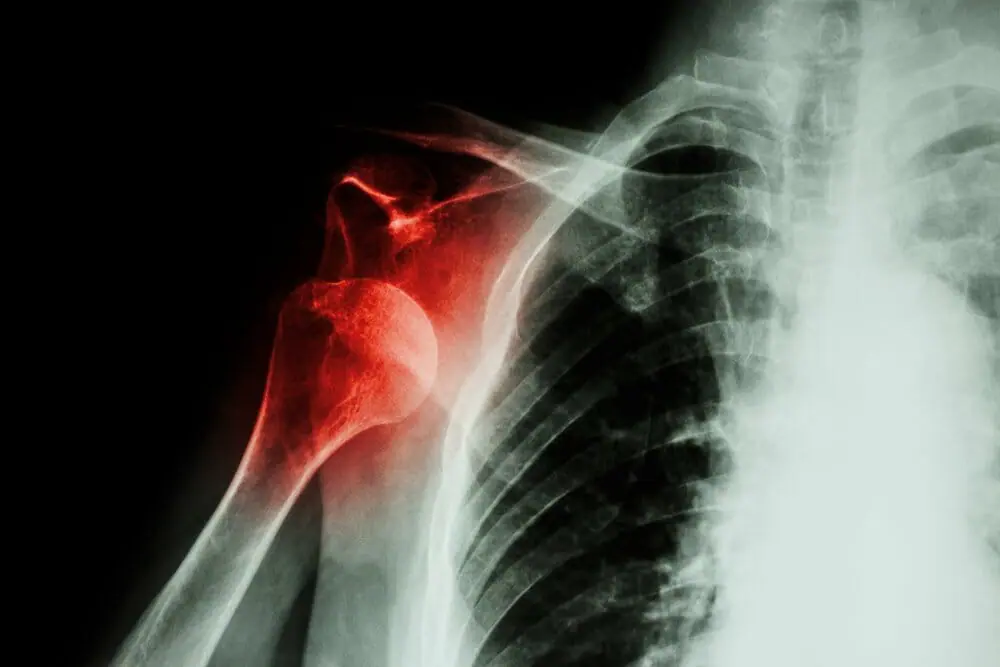Our CPR/AED courses include Adult, Child and Infant techniques. Additionally, our CPR certification course includes training on the use of an Automated External Defibrillator (AED). The CPR/AED certification is valid for 2 years.
This emergency occurs when a muscle, bone or joint moves in a direction that it is not supposed to go. This movement can lead to broken bones, sprains, fractures and other injuries.
Falling, tripping
Motor vehicle accidents
Running, walking, exercise
Sports, physical activity
Sudden impact
Bruising and swelling
Bone fragment(s) sticking out
Coldness, numbness
Discoloration (blue)
Deformity
Inability to use the affected part normally
Pain
Snapping or popping sound at time of injury
A fracture is a complete break, a chip or a crack in the bone. An open fracture involves an open wound, and is when a bone end tears through the skin. An open fracture is more dangerous and severe. However, a closed fracture is more common.

A dislocation is the movement of a bone at a joint from its normal position. When the bone is moved out of place, the joint no longer functions. Usually dislocations happen at the shoulder, elbow, wrist, jaw and hip.
A sprain is the tearing of the ligaments at a joint. Sprains mostly occur at the ankle, knee, wrist and fingers. A strain is the stretching and tearing of a muscle. They usually occur in the neck, back, thigh, or the back of the lower leg.
Use RICE method when dealing with a sprain or strain:

Rest: Do not move or straighten the injury.
Immobilize: Try to stabilize the person in the position he/she was found. Splint or sling the injured part only and use caution if moving the person.
Cold: Indirectly cool the part using ice for up to 20 minutes.
Elevate: Only elevate the part if it does not cause more pain.

American CPR Care Association provides training in online CPR certification, AED training and Standard First Aid for lay-responders and Healthcare Providers.
American CPR Care Association is rated 4.7 out of 5 based on 48,237 ratings.
All content Copyright 2024 © – American CPR Care Association. All rights reserved.